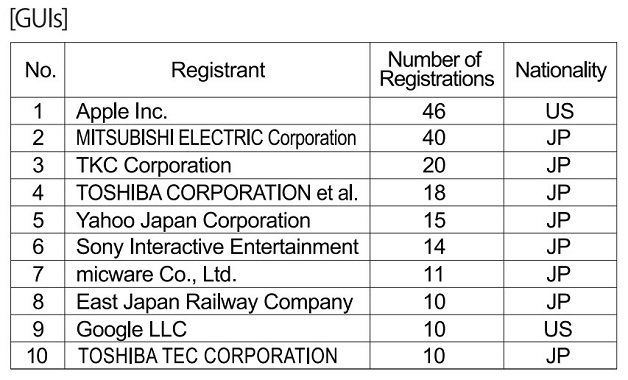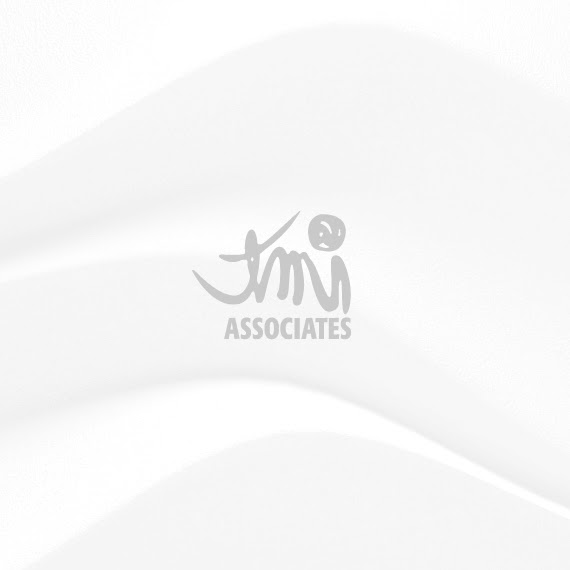ブログ
Examples of Design Registrations under the Revised Design Act in Japan - Part 1- [Japan Trademark & Design Update]
2022.01.20
Examples of Design Registrations under the Revised Design Act in Japan - Part 1- [Japan Trademark & Design Update]
https://www.tmi.gr.jp/uploads/2021/11/10/jptu_issue19.pdf#page=5
Introduction
One-and-a-half years have passed since the revised Design Act (the “Revised Act”) came into effect. Many applications for subject matter newly protected by the Revised Act (GUIs, buildings, and interior designs) have now been registered. In this article, we introduce an updated number of design applications and registrations as well as the entities which have registered designs for newly protected subject matter.
Number of Applications and Registrations
The Japan Patent Office (“JPO”) updated the number of design applications and registrations for subject matter newly protected under the Revised Act as October 1, 2021, as follows: (Source: https://www.jpo.go.jp/system/design/gaiyo/seidogaiyo/document/isyou_kaisei_2019/shutsugan-jokyo.pdf )
(Source: https://www.jpo.go.jp/system/design/gaiyo/seidogaiyo/document/isyou_kaisei_2019/shutsugan-jokyo.pdf )
Over the past years, the number of applications filed in Japan has increased at a steady pace. In particular, as the number of the applications for subject matter newly protected under the Revised Act has also been increased continuously by about 1,000 for GUIs, 300 for buildings, and 200 for interiors since the Revised Act came into effect, these applications obviously helped to support this trend.
On the other hand, so far, the registrability of the applications for newly protected subject matter are a bit lower than average; about 35% for GUIs, about 40% for buildings, and about 30% for interiors.
Registrants of Newly Protected Articles
In this section, we discuss the types of entities that have registered designs for newly protected subject matter.
The following tables show the top 10 entities in the number of design registrations for all newly protected subject matter.
It is interesting to point out that most of the entities with a large number of design registrations for buildings and interiors are domestic companies. While it may be because foreign entities are not simply interested in protection in these fields, it could also be true that foreign entities are not fully informed of the Revised Act. If that is the case, we and the JPO must be more proactive in informing foreign entities of the Revised Act.

Apple has the most GUI registrations and is actively filing applications under the Revised Act. However, Apple and Google are the only foreign entities that have many GUI design registrations.

No foreign entities can be found in the list of design registrations for buildings and interiors. The largest number of building registrations are related to housing, and companies that previously registered their house designs as “PREFABRICATED HOUSES,” an article design under the act before the revision, have begun to register their house designs as “HOUSES,” a building design under the Revised Act.
Conclusion
The latest statistics released by the JPO clearly shows that design applications for newly protected subject matter are well received by the domestic companies, but not fully utilized by foreign users.
In the next and subsequent issues, we will discuss examples of design registrations for newly protected subject matter to promote the understanding of foreign users of how to utilize the Revised Act.


